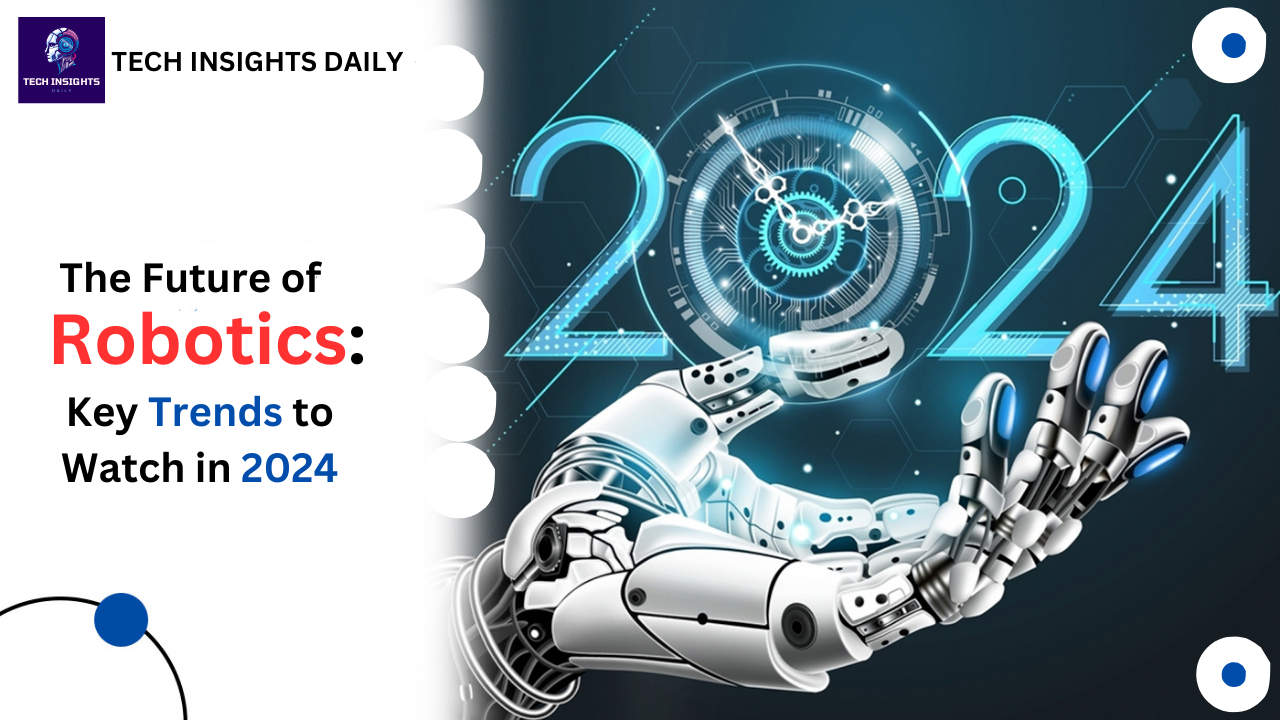Introduction
Energy and power electronics are middle to today's society as they enable growth in many industries, including the continual energy sector and the electronics industry. Hence, this article discusses the principles, essentials, applications, and prospects of energy and power electronics.
Introduction to Energy and Power Electronics
Energy and power electronics as a subject deals with the alternation and management of electricity using electronic devices. These technologies are commonly required in energy management applications and are applied at various levels such as power supply, electric vehicles, and renewable energy systems.
The major components of power electronics are listed below:
- Rectifiers: Convert AC power to DC power. Used in battery charging stations and DC power supplies.
- Inverters: Used in photovoltaic power systems, wind energy conversion systems, and uninterruptible power supplies.
- DC-DC Converters: Control the voltage difference between different DC sources, which are applied to battery charging and load adaptation.
- AC-DC Converters: Used to control the voltage between AC and DC sources, essential in renewable energy systems and battery charging.
- Power Semiconductor Devices: Include diodes, thyristors, transistors, and MOSFETs, which function to regulate the flow of electrical power.
- Inductors and Capacitors: Store and discharge energy, regulate voltage and current, and maintain a continuous simple waveform.
- Transformers: Change the voltage level, either stepping up or stepping down, to suit the load as required.
- Control Circuits: Manage power electronic components, ensuring reliable and efficient machinery operation when transferring power to the required equipment.
- Protection Circuits: Safeguard components and systems from damage while safely operating from high currents, overvoltages, and temperatures.
Applications of Power Electronics
Power electronics have a wide range of applications, including:
- Renewable Energy Systems: Both solar panels and wind turbines use inverters and converters to help regulate the flow of energy.
- Electric Vehicles: Motor drive and battery management systems are controlled by power electronics.
- Consumer Electronics: Power electronics are used in devices such as laptops and smartphones.
- Industrial Automation: Variable speed drives include power electronics used to control motors and systems in various forms of production.
- Smart Grids: Power electronics enhance the efficiency of power distribution systems, improving the power distribution network.
Advances in Power Electronics
Recent advances in power electronics have gradually emphasized certain aspects, including:
- Wide Bandgap Semiconductors: Semiconductor materials such as SiC and GaN outperform silicon and are capable of switching at much higher speeds.
- Integrated Power Modules: Integration of several parts into a single assembly reduces size and increases reliability.
- Advanced Control Techniques: Efficient power conversion requires advanced algorithms and artificial intelligence.
Future Trends
The prospects for energy and power electronic systems are bright, and much work is being done for future development. Key trends include:
- Energy Harvesting: Developing ideas and innovations to harness energies already present in the environment, such as vibration and heat.
- Wireless Power Transfer: Enhancing the ability to transfer power through the air and extending the range of power transmission distances.
- Sustainable Energy Solutions: Increasing the share of renewable energy in the global energy mix and working on better power electronics integration with the electric grid system.
The result
Energy and power electronics are cutting-edge technologies that impact various fields and help shape a sustainable future. Understanding the components, applications, and potential developments in these technologies allows us to recognize the significant changes they bring to people's lives and the global energy landscape.











